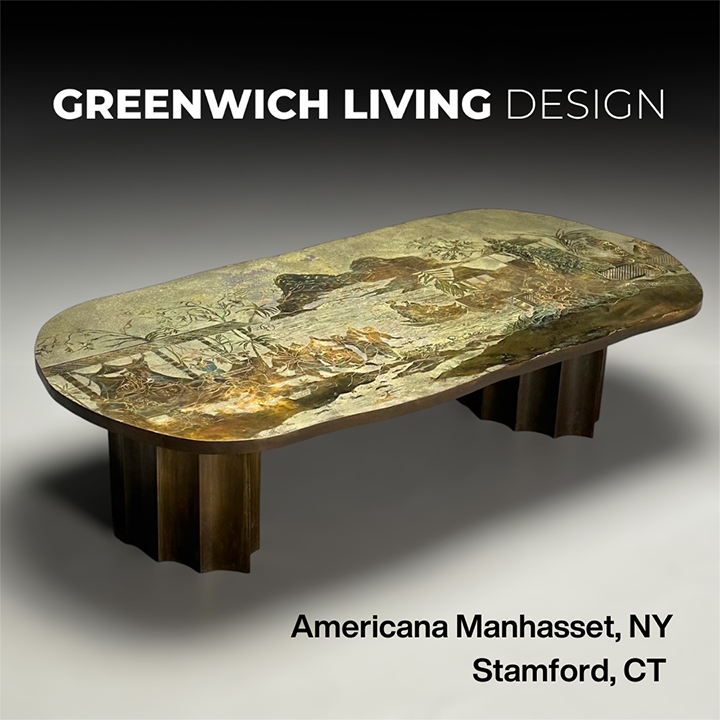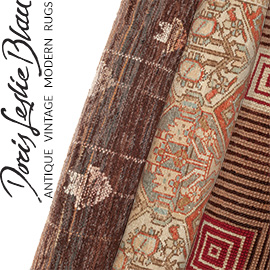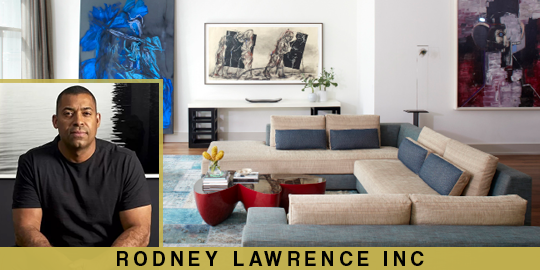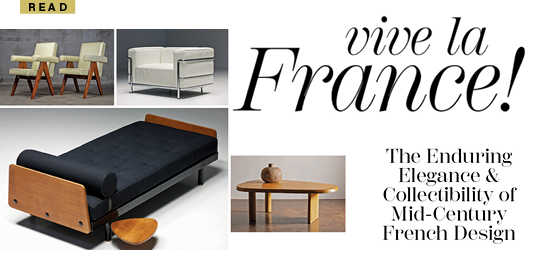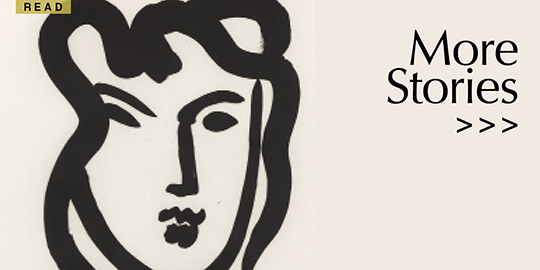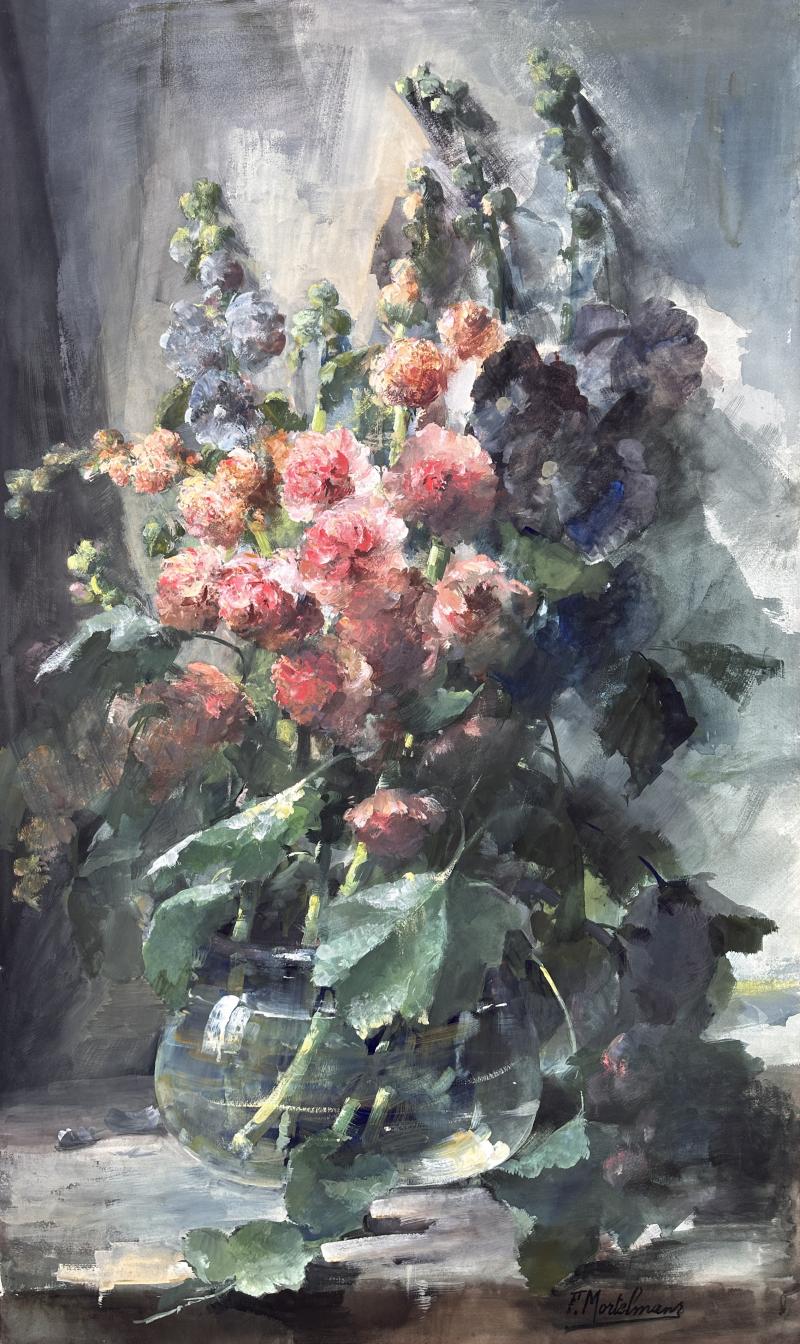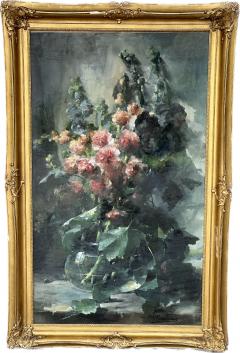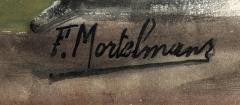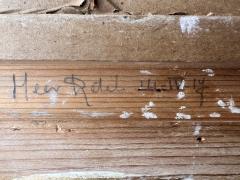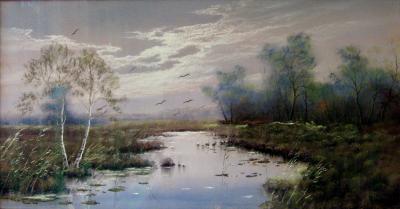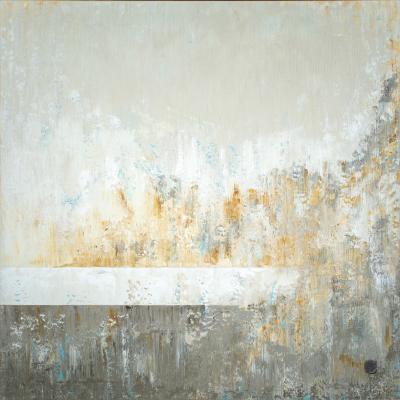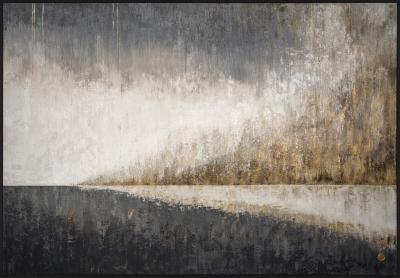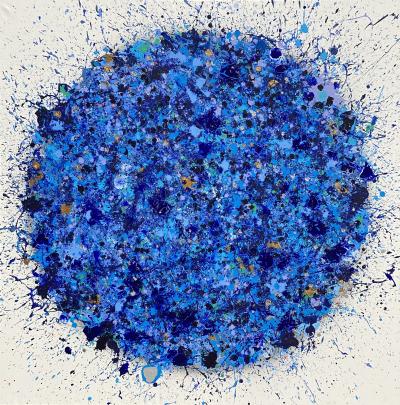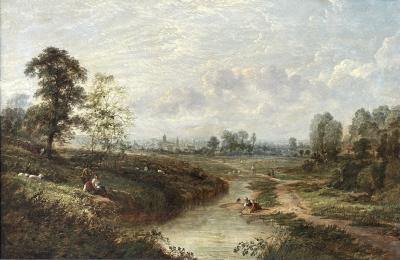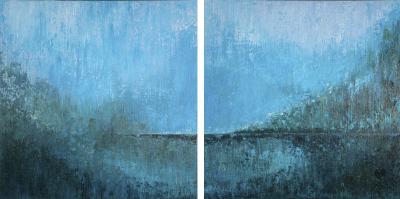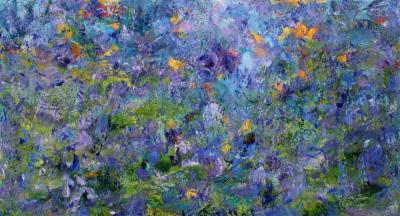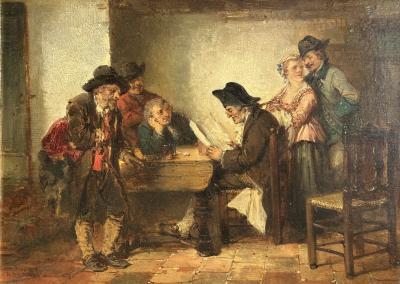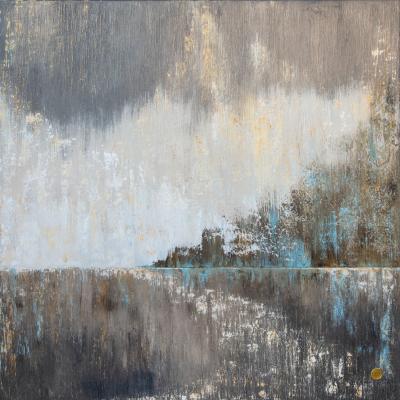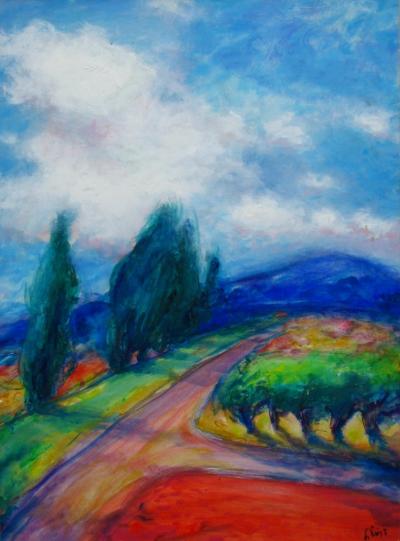A stilllife painting, a bouquet of flowers in a glass vase.
The painting captures a moment in time with natural lighting, possibly from a nearby window. The colors are vibrant, and there’s a dynamic interplay between light and shadow. The flowers are predominantly in shades of pink, red, blue, and purple.
The leaves are broad and green, capturing the light differently.
The style is impressionistic, characterized by loose brushwork and an emphasis on depicting light. The artist focuses on the changing qualities of light, creating a sense of movement and immediacy.
The painting has a goldgilded frame
FRANS MORTELMANS (Belgium 1865-1936)
Frans Mortelmans was a Flemish painter from Antwerp, celebrated for his exquisite still lifes, floral compositions, landscapes, interior scenes, maritime vistas, beachscapes, and portraits. He was the elder brother of the renowned Flemish composer-conductor Lodewijk Mortelmans (1868-1952).
Early years
Frans’s formative years were spent in the vibrant ambiance of Saint Paul’s parish, where his artistic inclinations began to take shape. His journey led him to the halls of the Fine Arts Academy of Antwerp, where his mentors included luminaries like Edward Dujardin, J.E. Van den Bussche, P. Beaufaux, E. Siberdt, J. Geefs, Albrecht De Vriendt, Karel Verlat, and most notably, Lucas Schaefels.
Setting out on his artistic path at a tender age, Frans entered the academy in 1876, forming bonds with fellow students who would become his artistic comrades. Among them were Charles Mertens, Jozef Van Leemputten, Everaard Chappel, Henry Luyten, Josef Dore, Jan Rosier, Evert Larock, Jozef Ratinckx, Piet Van Engelen, and Arthur Pierre. Continuing his artistic odyssey, he pursued advanced studies at the Higher Institute of Fine Arts in Antwerp, under the guidance of Juliaan De Vriendt and Frans van Leemputten.
Exhibitions
Mortelmans ingeniously promoted his craft through various exhibitions, collaborating with fellow artists to share his creations with a wider audience. Notable among these exhibitions were the prestigious Triennial Salons of Gent, Antwerp and Brussels. He also held solo exhibitions in esteemed galleries such as Verlat, Lamorinière, and Wijnen in Antwerp. His participation extended to group exhibitions hosted by cultural associations like Arte et Labore and De Scalden in Antwerp, as well as art associations in Mechelen and beyond (1906-1907). The association De Scalden, established in 1889, played a pivotal role in fostering his artistic growth, supporting innovative trends in the arts and diversification.
In 1910, Mortelmans took on the mantle of a professor of still-life painting at the Art Academy in Antwerp, leaving an indelible mark on the next generation of artists. Noteworthy pupils include Antoon Marstboom, Franck Mortelmans and Joris Minne.
Oeuvre
Mortelmans’ oeuvre encompassed a wide range of subjects, initially characterized by tightly arranged objects executed in a precise style. However, his artistic evolution brought forth a symphony of colors that adorned canvases without overwhelming them. His works exude a decorative quality, perpetually in search of harmonious composition. Working from his private studio since 1892, he developed a distinctive realism that gradually embraced impressionistic elements, signaling the maturation of his artistic vision.
MUSEUMS AND LITERATURE
Museums
Royal Museum of Fine Arts in Antwerp
Antwerp Town Hall,
Museum of Flemish Cultural Life
Museum Mu-Zee in Ostend
Kortrijk Museum
Hof van Busleyden Museum in Mechelen
Joslyn Art Museum in Omaha, USA
Literature
‘Lexicon of the Belgian Romantic painters’
by Thieme-Becker, Piron, Flippo, Arto, Berko, and Bénézit
‘Frans Mortelmans: virtuoos bloemenschilder’
by Hostyn, Schiltz, and Schiltz




